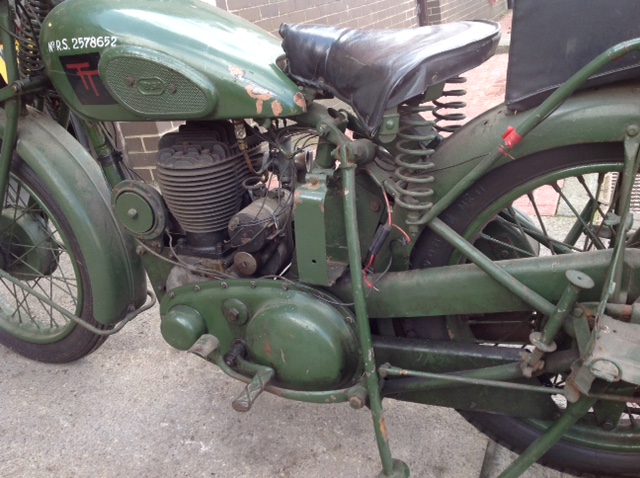Whether you have a passion for rolling “heavy iron” like the Panther Model 100, or you’re more into speed with classic bikes like the Triumph Bonneville, enjoying your passion will likely mean finding an older model to restore. While restoring a motorcycle is less intensive than restoring a classic car, simply because of the size disparity and the reduced complexity involved, there are still quite a few things you’ll need to know before embarking on your odyssey. Below, we’ll discuss four vital tips for anyone contemplating the restoration of a classic motorcycle.
Take Pictures of Everything
The single most common problem with any restoration, whether involving a motorcycle or a car, is disorganisation that leads to disaster. You can avert that by taking pictures of everything. Take before, during and after photos involving all of your restoration activities. That way, you know exactly what parts go where when you put everything back together. You cannot trust your memory alone, because there is always the chance that there will be a significant span of time between the point that you tear something down and when you put it back together. Take pictures, and use a digital camera.
Shoot for a Rider Restoration
If you plan to ride your bike rather than just showing it, you need to be prepared to make some concessions with the restoration. Sure, you might want to go with a nuts and bolts restoration, but that doesn’t make sense in many instances. For instance, if you restored a 1972 Norton Commando engine to its original state, you’d enjoy about 5,000 kilometres of driving before you had to rebuild it. Instead, restore the engine and then introduce needed modern modifications to lengthen the lifespan.
Find a Knowledgeable Connection
No matter how much you know about a particular motorcycle model, chances are good there’s something you don’t know. Make connections with other restorers and aficionados. Connect via forums and message boards, magazines and more. This ensures that if you run into a problem, you have resources that can help. It also helps you build stronger ties within the overall restoration community, which adds fun to the entire process.
Invest in the Most Detailed Manual You Can Find
While there’s a lot to be said for experience and first-hand knowledge,understand that a detailed manual is always better. With the right manual,anyone can restore a classic motorcycle, and even experienced professionals use them on a regular basis to ensure accuracy and to reduce the amount of time they spend working. Find the most detailed manual you can, and purchase it. Get familiar with the diagrams and schematics in the manual before you turn a single bolt, too.
With these four tips, you should be prepared for whatever comes your way in regard to the restoration project. Arm yourself with information, take pictures, make connections with others in the restoration field, and know when original restoration should give way to a rider restoration.
Source:
http://www.cannibalcycle.com/blog/index.php/top-4-motorcycle-restoration-tips/
http://www.simple.com/blog/ultimate-guide-to-rebuilding-an-old-motorcycle
http://www.trademotorcycles.com.au/motorcycle-restoration-hints-tips/
Image: http://www.rc-mr.com/project/bsa-m20-wd-recommissioning/




